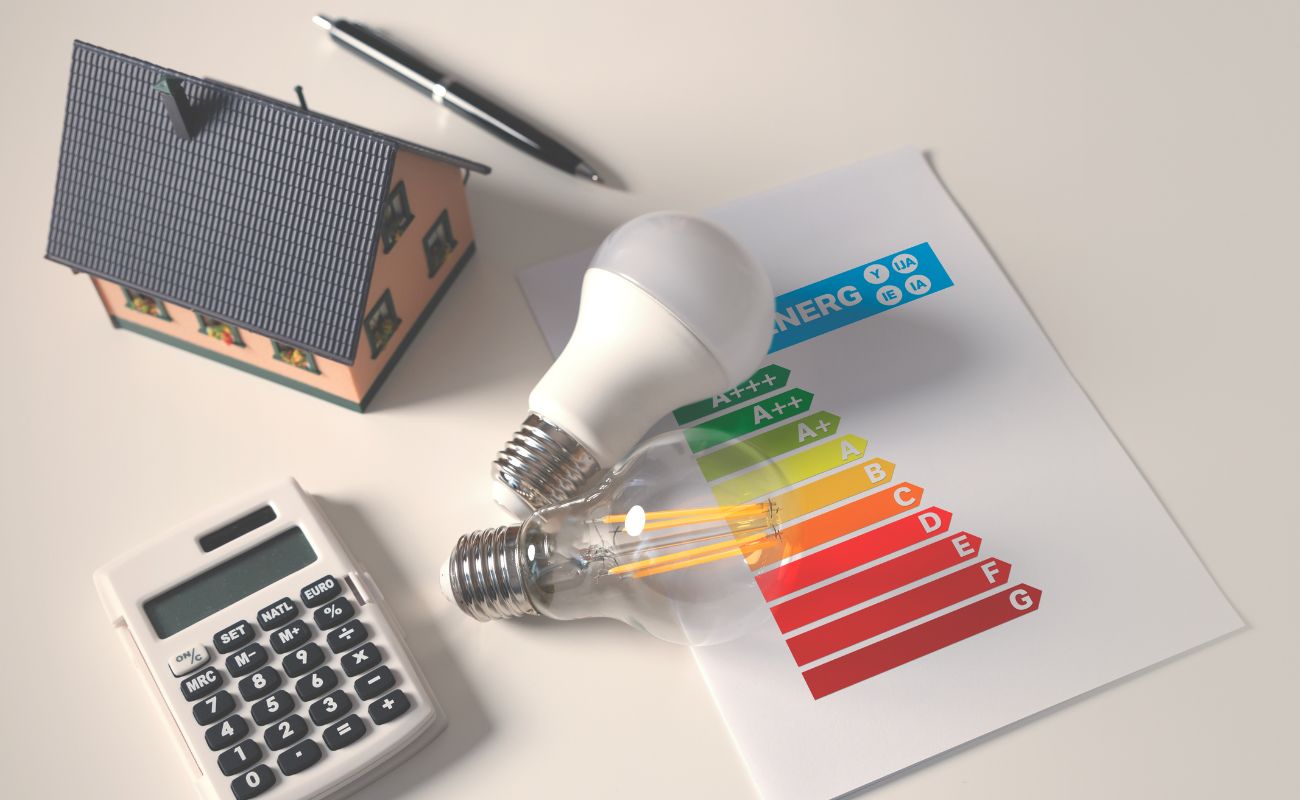When you master how to lower electric bill expenses, you free up cash for the things you love while shrinking your household’s carbon footprint. Energy prices swing with the seasons, but a strategic approach lets you stay comfortable, slash waste, and build long-term savings no matter what your utility charges.
Quick Wins: How to Lower Electric Bill in Minutes
Swap Out Bulbs for LEDs
Unscrew energy-guzzling incandescents and install LEDs. They use up to 90 percent less electricity and last ten times longer, so you pay less for both power and replacements.
Adjust Your Thermostat Wisely
Set it 7 °F higher in summer and 7 °F lower in winter while you’re away. A programmable or smart thermostat automates this and can shave roughly 10 percent off annual HVAC costs.
Kill “Vampire” Loads
Unplug chargers and electronics or group them on smart power strips that shut off automatically. Standby power drains can account for 5–10 percent of your bill.
Wash Laundry on Cold and Full Loads
Heating water is pricey. Cold-water cycles plus full loads cut washer energy use by up to 40 percent without sacrificing cleanliness.
Stop Energy Vampires Throughout Your Home
Devices that glow, blink, or stay warm are still drawing juice. Game consoles, cable boxes, and desktop PCs are common offenders. Enable eco-modes, schedule auto-shutoffs, or unplug completely when not in use.
Optimize Heating and Cooling Systems
Schedule Annual HVAC Tune-Ups
A clean filter and well-lubricated parts help your system breathe easier and run 5–15 percent more efficiently.
Seal Duct Leaks
Leaky ducts lose conditioned air. Sealing joints with mastic or foil tape can lower electric bill costs tied to cooling by up to 20 percent.
Boost Airflow with Ceiling Fans
Fans create a wind-chill effect, letting you raise the thermostat two to four degrees without feeling warmer.
Seal and Insulate for Year-Round Savings
Weather-Strip Doors and Windows
Self-adhesive foam or rubber strips block drafts in minutes and keep conditioned air where it belongs.
Add Attic Insulation
Bringing attic R-values to current code can cut total energy use by 10–50 percent, depending on your climate and starting point.
Caulk Gaps and Cracks
Focus on areas where plumbing, wiring, or vents exit your walls—small openings add up to a window-size hole in efficiency.
Choose Energy-Efficient Appliances
When it’s time to replace a refrigerator, washer, or dishwasher, pick models with high-efficiency ratings. Though upfront costs may be slightly higher, the lifetime operating savings often exceed the purchase premium within a few years.
Leverage Time-of-Use Rates and Smart Scheduling
If your utility offers lower off-peak pricing, run dishwashers, laundry, and charging stations during those hours. Smart plugs and appliance delay-start functions make the switch effortless.
Cook Smarter in the Kitchen
- Use lids on pots to trap heat and shorten cook times.
- Match pan size to burner size to avoid wasted radiant energy.
- Try countertop appliances like air fryers or toaster ovens for small meals—they use a fraction of the power of a conventional oven.
Bright Ideas for Home Electronics
- Activate power-saving settings on TVs and monitors.
- Choose ENERGY STAR certified devices when upgrading.
- Stream through smaller devices (-think tablet instead of game console-) when possible; the difference in draw is substantial.
Harness the Sun—Even Without Solar Panels
Embrace Daylighting
Open blinds during winter days to capture free solar warmth and close them during summer afternoons to block heat gain.
Explore Community Solar
If rooftop panels aren’t feasible, community solar programs let you subscribe to a shared array and receive bill credits for the electricity it generates.
Make Water Heating More Efficient
- Dial your water heater down to 120 °F; every 10-degree reduction saves 3–5 percent in energy costs.
- Install low-flow showerheads to use less hot water without sacrificing pressure.
- Fix dripping hot-water faucets—each tiny leak can waste hundreds of kilowatt-hours per year.
Monitor, Measure, and Maintain
Track Usage with Utility Apps
Most utilities offer free dashboards that show daily or even hourly consumption. Spot spikes quickly and trace them to appliances or behaviors you can change.
Conduct a DIY Energy Audit
Walk room-to-room at night with the lights off to find light leaks around doors and windows. Use inexpensive infrared thermometers to locate insulation gaps.
Celebrate Small Wins
Set measurable targets—like trimming 50 kWh this month—and reward yourself when you hit them. Consistency compounds into serious savings.
Go Big: Strategic Investments That Pay Off
- Smart Thermostat – Typical payback: 1–2 years.
- Heat-Pump Water Heater – Uses up to 65 percent less energy than standard electric models.
- Mini-Split Heat Pump – Provides zoned heating/cooling with efficiency ratings exceeding 300 percent.
- Rooftop Solar PV – Reduces grid reliance and locks in decades of predictable energy costs.
Flip the Switch on High Bills
You now have a step-by-step roadmap for how to lower electric bill charges, from instant fixes to long-term upgrades. Put one idea into action today, watch your meter slow, and let each monthly statement motivate your next move. Your wallet—and the planet—will thank you.

